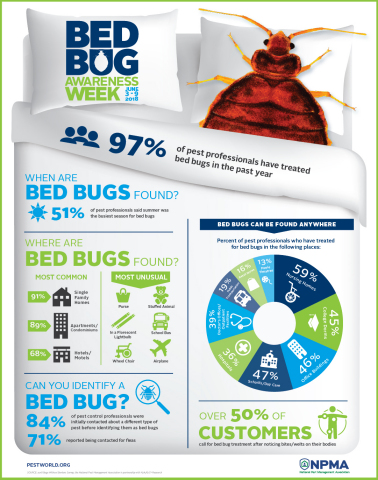Managing Rat Infestations: Insights Into Rat Psychology
Managing Rat Infestations: Insights Into Rat Psychology
Blog Article
Authored By-TRUE Alston
When it comes to rodent control, understanding common rodent habits is vital to efficiently taking care of problems. Did you know that rats have some fascinating nesting practices that might stun you? By exploring their complex behaviors, you can gain valuable understandings right into how to deal with rodent concerns in a more critical and reliable fashion. So, let's unravel the mysteries behind these creatures' activities and find out just how to outsmart them in your rodent control initiatives.
Rodent Nesting Habits
When observing rats in their all-natural environment, you'll see that they proactively seek products to construct their nests. Rodents, such as computer mice and rats, are resourceful creatures that utilize a selection of things like branches, leaves, paper, and textile to construct their homes. They're meticulous in their nest-building process, often lining their nests with softer materials like hair or feathers to develop a cozy setting.
Rodents prefer to build their nests in covert and safe places to safeguard themselves and their young from predators. Usual nesting areas include wall cavities, attic rooms, cellars, and also within insulation products. By creating their nests in these private areas, rats can safely elevate their children far from prospective dangers.
It is essential to recognize the nesting routines of rodents when carrying out control procedures. By disrupting their nests or getting rid of materials, you can discourage rodents from establishing an existence in your home or building. Proper sanitation and sealing access factors are additionally important action in protecting against rodent invasions.
Rodent Feeding Patterns
After observing rodents' nesting behaviors, it ends up being noticeable that their feeding patterns play a vital function in their lives and habits. Rodents, including mice and rats, are opportunistic feeders, indicating they'll take in whatever food resource is conveniently offered. They're mostly nighttime creatures, liking to forage for food throughout the cover of night to prevent predators.
Rodents have a diverse diet, ranging from grains, seeds, fruits, and veggies to bugs, nuts, and also little pets. This versatility in their food choices enables them to grow in numerous environments, consisting of metropolitan locations where human food sources are plentiful.
Their feeding patterns aren't only driven by hunger yet also by the demand to stockpile food for times of scarcity. This behavior is particularly recognizable in preparation for winter season or when nesting. Rats are recognized to hoard food in their nests or burrows, guaranteeing a continuous food supply. Understanding read the article feeding patterns is vital in carrying out effective rodent control measures to disrupt their food resources and protect against infestations.
Rat Movement and Traveling
Rats browse their environments with dexterity and stealth, utilizing their keen senses to move quickly through their atmospheres. These creatures are adept climbers, able to scale walls and upright surfaces with ease. They can additionally squeeze via remarkably tiny openings, making it important to seal any kind of potential entry factors in your home.
When it involves taking a trip, rodents often tend to adhere to acquainted paths, developing trails along wall surfaces or skirting the edges of spaces. They're creatures of habit, often staying with these established courses as they forage for food or discover their environments.
Rats are understood for their nocturnal habits, so you might hear them hurrying about at night as they look for food and water. Their motions fast and irregular, allowing them to dart in and out of view in the blink of an eye.
Recognizing just how rats relocate and take a trip can aid you determine potential invasion locations in your house and take aggressive actions to stop these pests from getting a grip.
Final thought
As you work to control rats in your house, bear in mind that recognizing their habits is essential. By recognizing their nesting habits, feeding patterns, and movement, you can efficiently prevent problems.
Together, by taking positive actions to get rid of food resources and seal entry points, you can disrupt their familiar courses and force them to look for new areas, inevitably lowering the chance of rodent existence in your space.
